HAVING been born into an ultra-religious family, Ejaz Rahi wasn’t supposed to pursue singing or make it a part of his long-term life plan.
But music found him through great artists he admired and pushed him towards pursuing his singing passion from a young age. He went from performing cover versions of legendary Pakistani singer Inayat Hussain Bhatti’s songs to carving out an impressive music career that has lasted more than 40 years.
This has included more than 200 albums, over 1,500 songs and countless live performances in front of enthralled audiences. His widely acclaimed voice and performance style have been compared to iconic folk singer Attaullah Khan Esakhelvi. The music maestro from Multan recently embarked on his debut UK tour and will be performing for British audiences until the end of the year.
Eastern Eye caught up with the popular Pakistani to discuss his journey, inspirations and being compared to an all-time great.
How do you look back on your journey in music?
It has been a beautiful journey that has given me a lot of great satisfaction. Being able to entertain audiences doing what I love is a blessing, which has given me joy and great inner peace. Now I am looking forward to what else this journey will bless me with.
What first connected you to music?
I have been connected to music for as long as I can remember. I fell in love with music from my childhood and it has remained an important part of my life ever since then. I loved listening to legendary singer Inayat Hussain Bhatti and was greatly inspired by him. I pursued music as a career and passion because of him.
What has been your most memorable moment?
There have been so many, including whenever I am on stage in front of audiences – they are the biggest blessing. If I had to choose one, it was my first live performance on Pakistani national television channel PTV.
Which of your songs is closest to your heart?
All the songs are a favourite because I have a connection to each one. One that stands out is my song Koi Marda Ae Akhiyan Tay.
How do you feel performing on stage in front of a live audience?
Any true artist will tell you that being on stage is the best feeling. Whenever I perform live, it is wonderful and hard to describe.
The best part of being on stage is that feedback comes immediately from audiences, which makes me feel the love and gives me more energy to perform.
How do you feel when you are performing for UK audiences?
Firstly, big thanks to (British music promotor) Abid Iqbal and his Say Art organisation for giving me this opportunity. Performing for people of the UK has been an absolute pleasure. They are knowledgeable about traditional music and have given me a lot of love, which has been really encouraging.
How do you generate so much emotion in your voice?
All I can say is that this is the blessing given by Allah. Along with the almighty’s blessing, it is the poetry of my songs, which reflects pain and deep emotions people feel.
How do you feel being compared to legendary Pakistani singer Attaullah Khan Esakhelvi?
I don’t compare Attaullah with myself because he is very senior to me. This is my good fortune that my voice meets with him.
I will try to keep this voice alive and spread my love to people.
What inspires you as a singer?
I am inspired by good music, great poetry and most importantly the wonderful audiences, and listeners, who show so much appreciation.
How important is it to keep folk traditions alive?
Folk music is an integral part of our heritage, whether you are from Pakistan or India. It is soulful and reminds us all where we came from. We need more singers to keep this soulful music alive for future generations.
What does music mean to you?
Music for me is a soul. Like a body can’t live without a soul, I can’t live without music. It is part of who I am and keeps me alive.


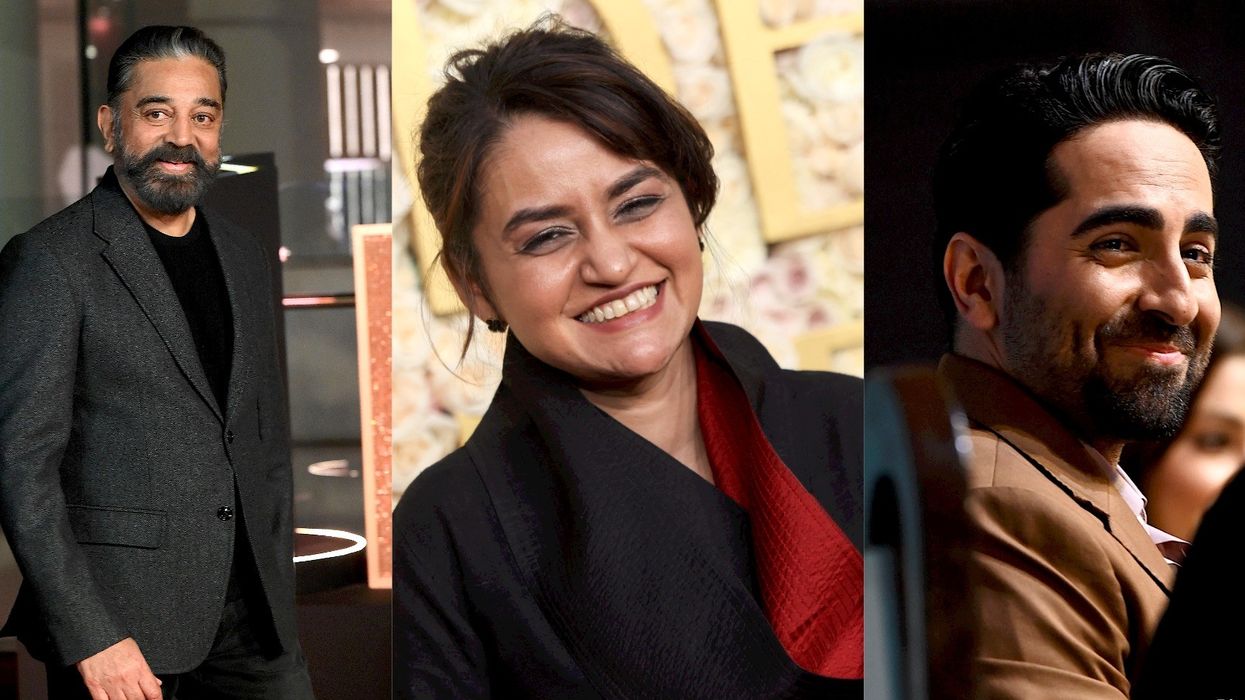












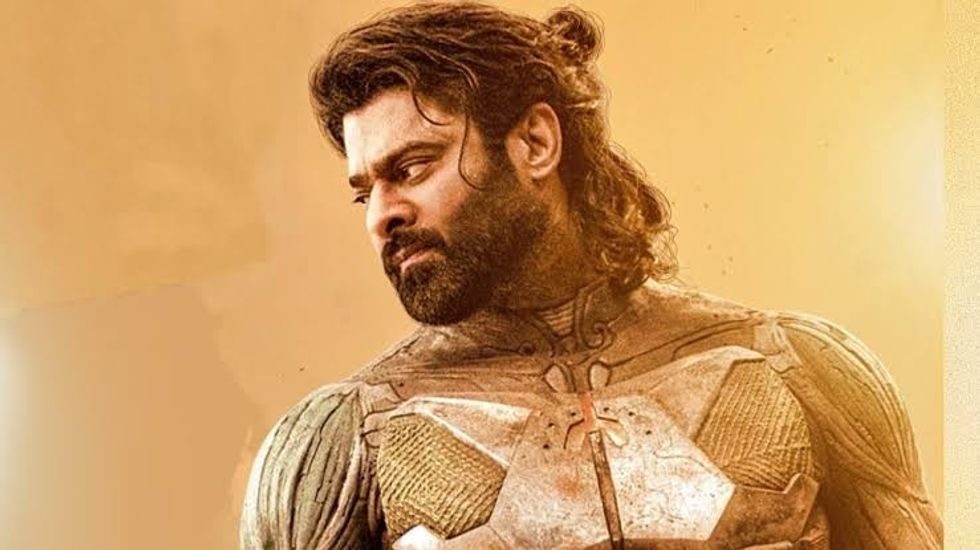 Prabhas in a still from Kalki 2898 AD which completed one yeargetty images
Prabhas in a still from Kalki 2898 AD which completed one yeargetty images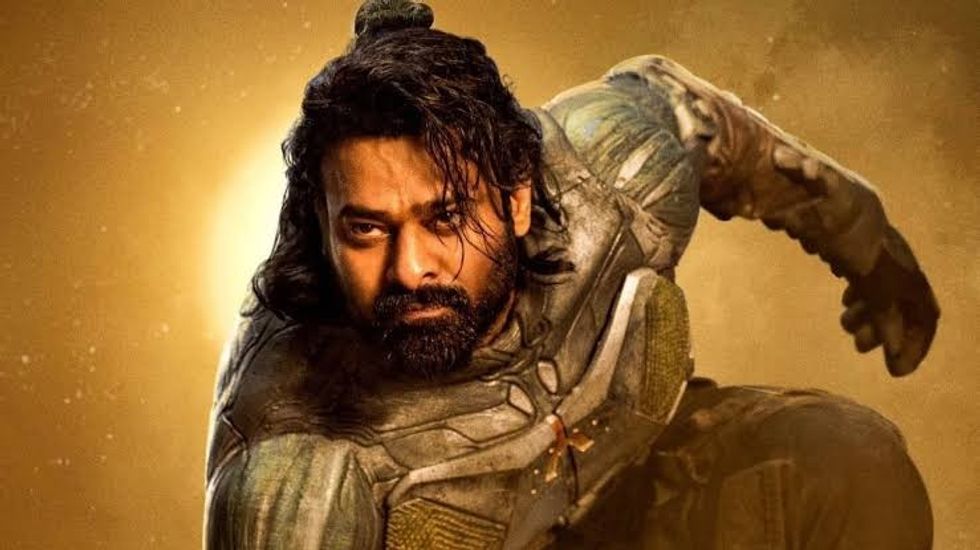 Kalki 2898 AD became one of the top three biggest openers in Indian cinemagetty images
Kalki 2898 AD became one of the top three biggest openers in Indian cinemagetty images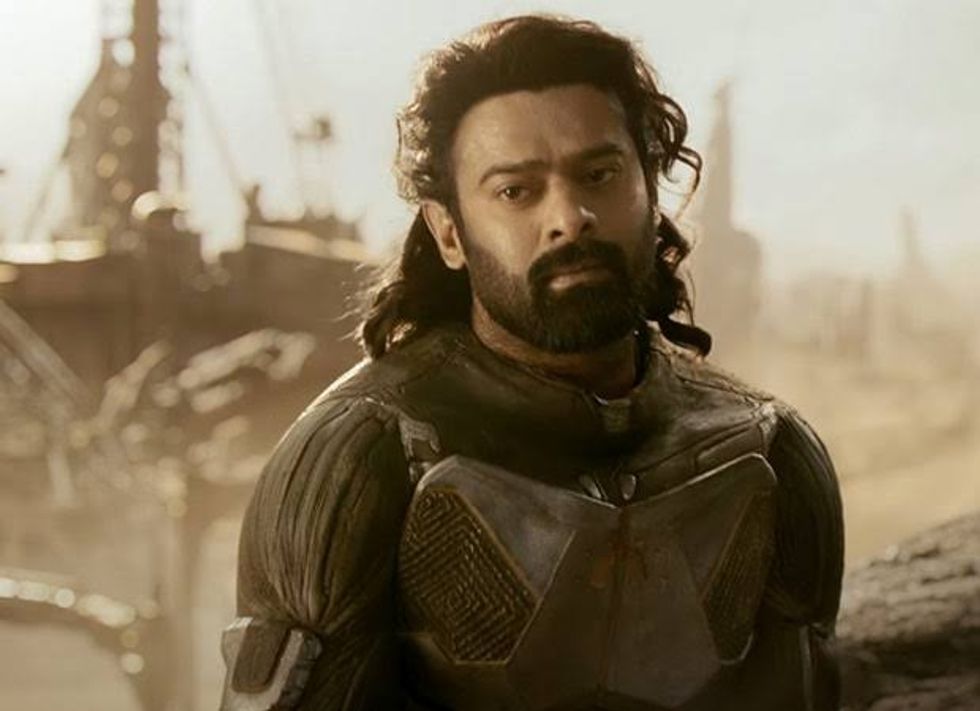 Kalki 2898 AD brought together sci-fi and mythology in a first-of-its-kind Indian filmgetty images
Kalki 2898 AD brought together sci-fi and mythology in a first-of-its-kind Indian filmgetty images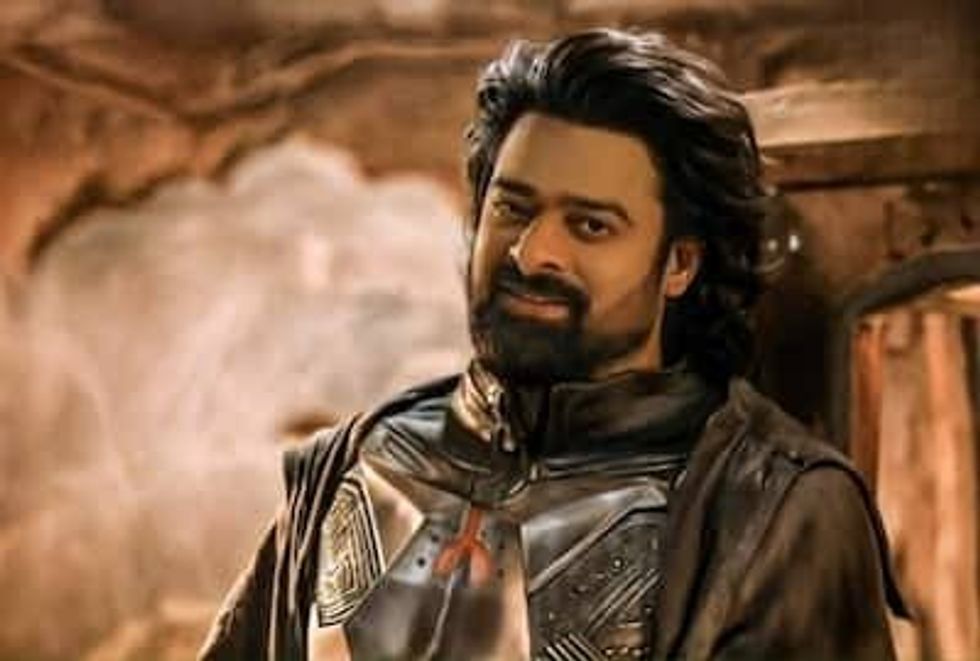 Prabhas plays the futuristic warrior Bhairava in Kalki 2898 AD getty images
Prabhas plays the futuristic warrior Bhairava in Kalki 2898 AD getty images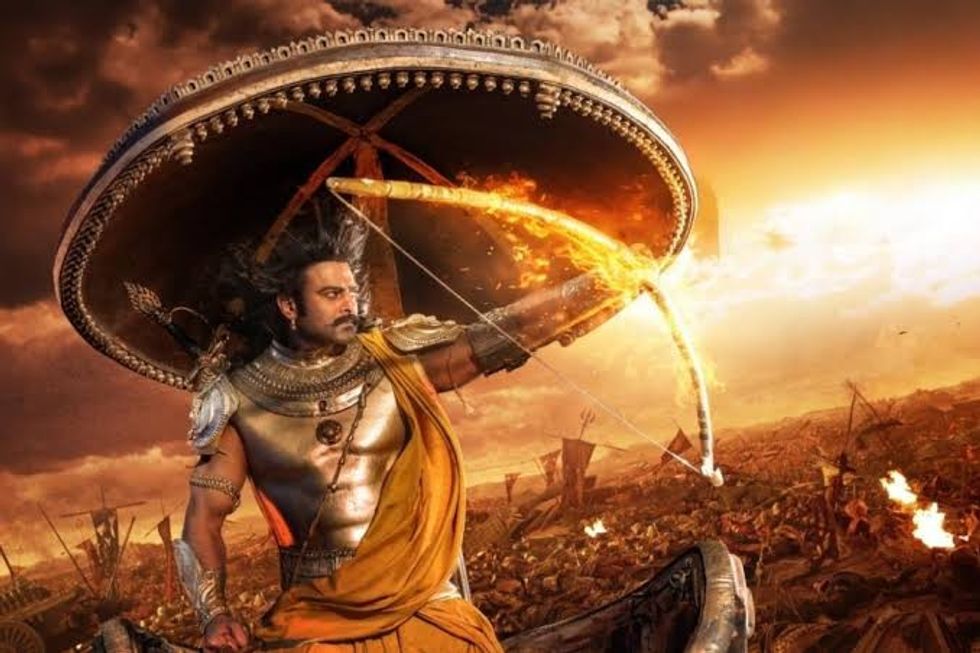 Prabhas in action during a high-intensity sequence from Kalki 2898 ADgetty images
Prabhas in action during a high-intensity sequence from Kalki 2898 ADgetty images
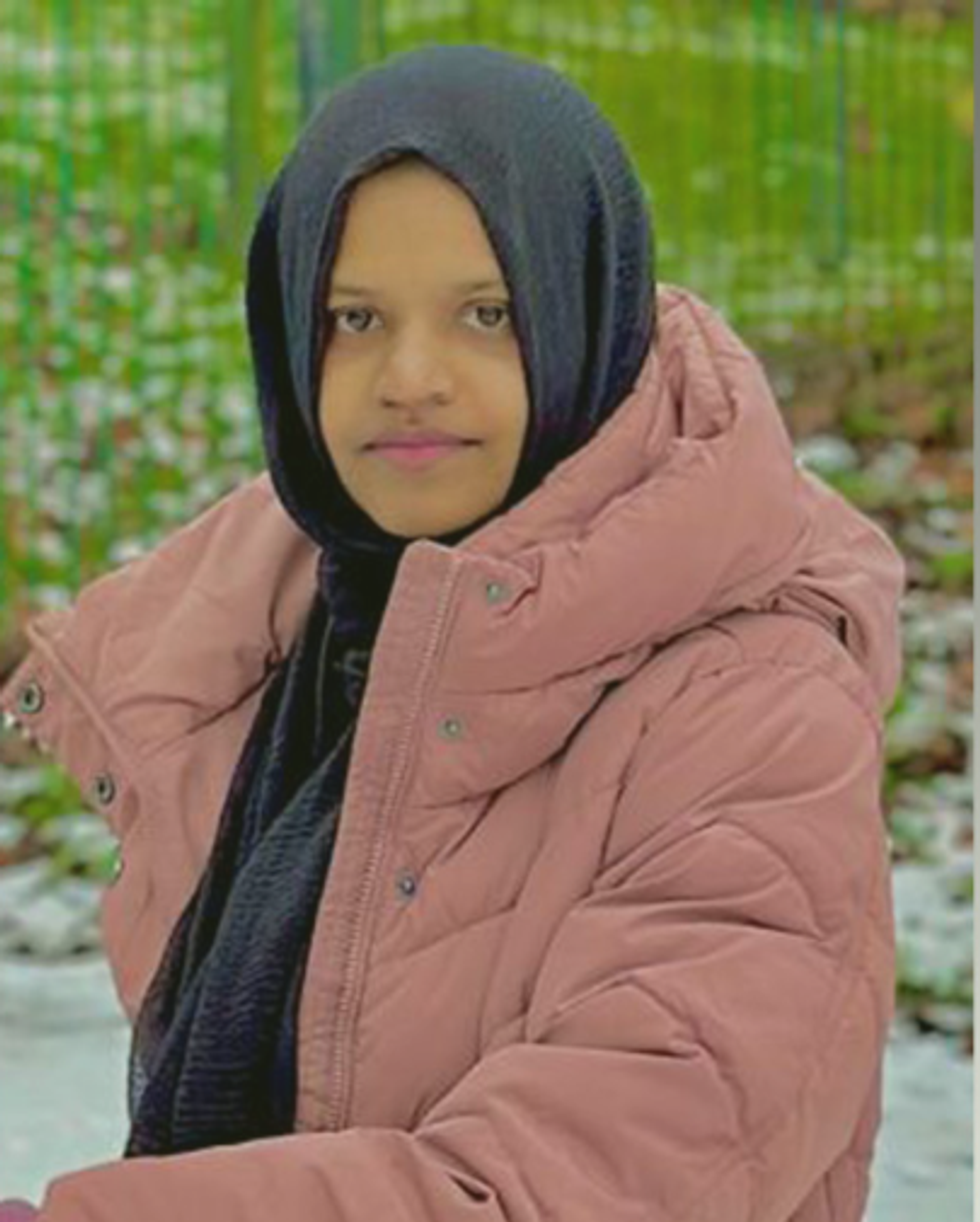 Kulsuma Aktergetty images
Kulsuma Aktergetty images
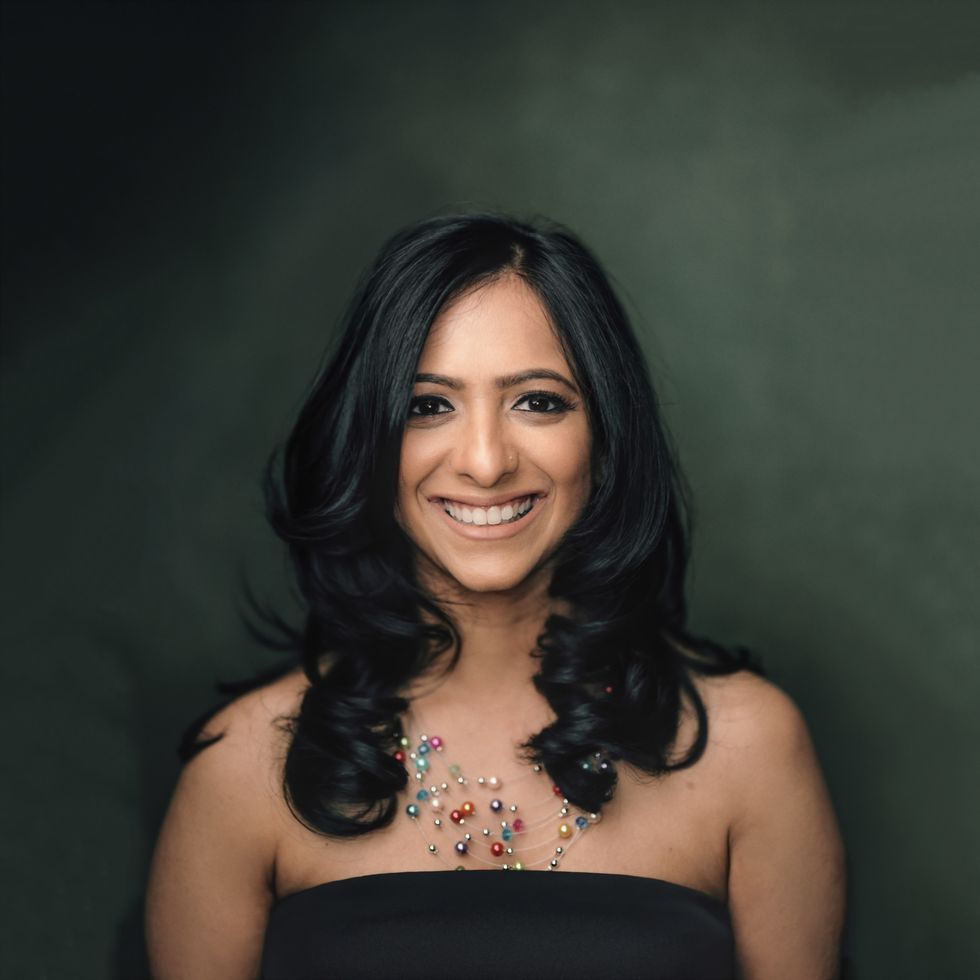 Shreena Patel
Shreena Patel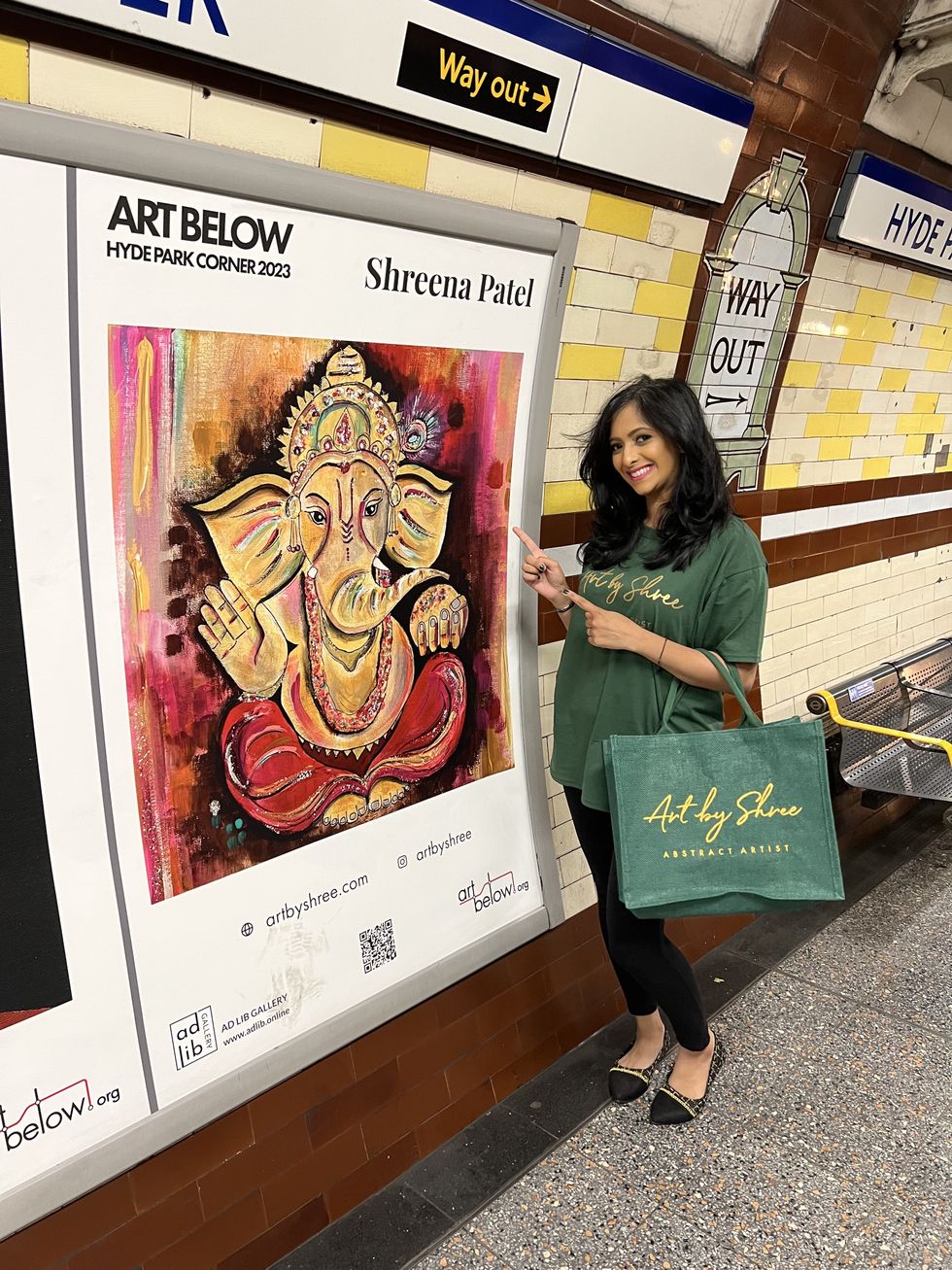
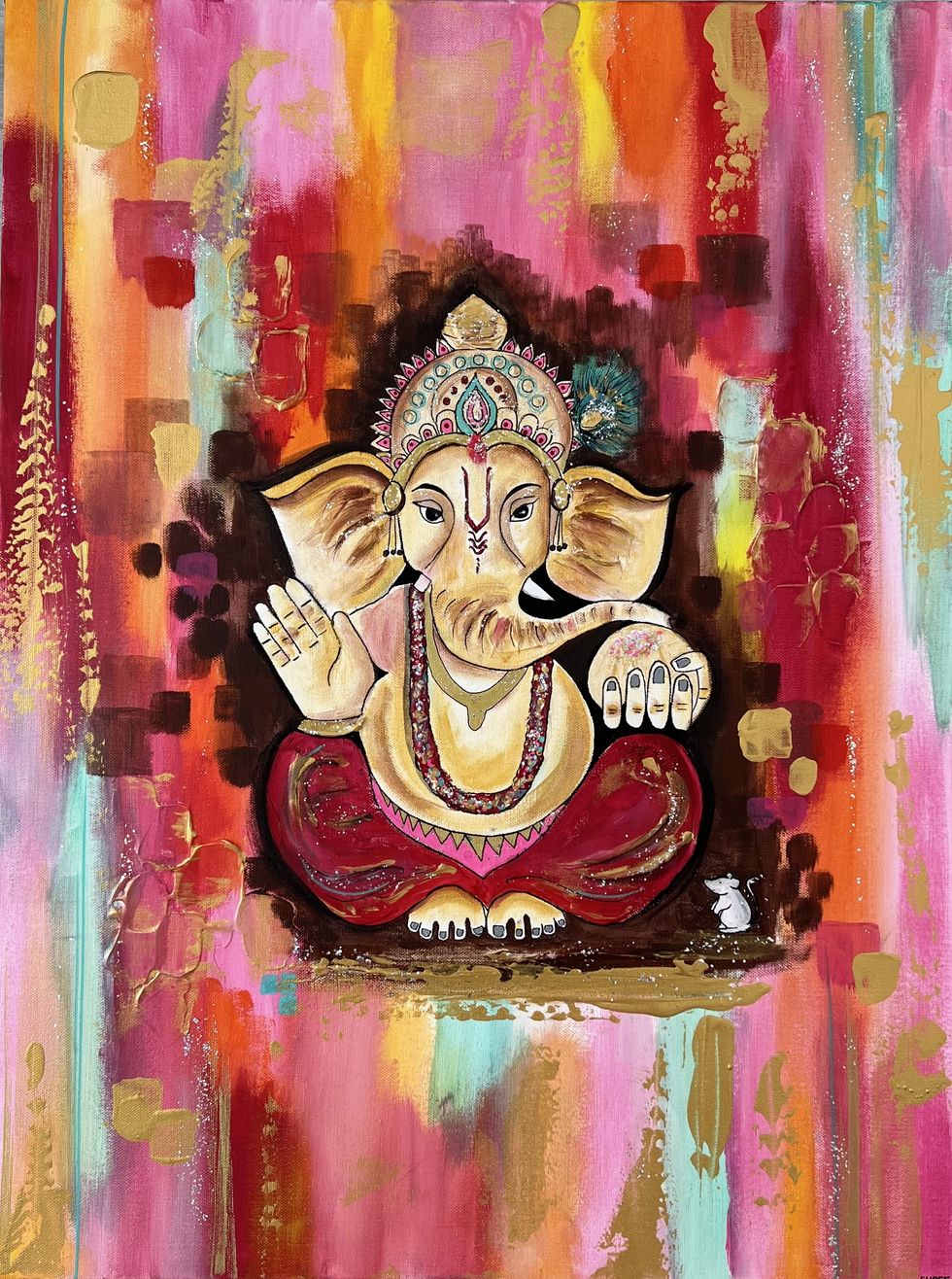 Shreena Patel's work
Shreena Patel's work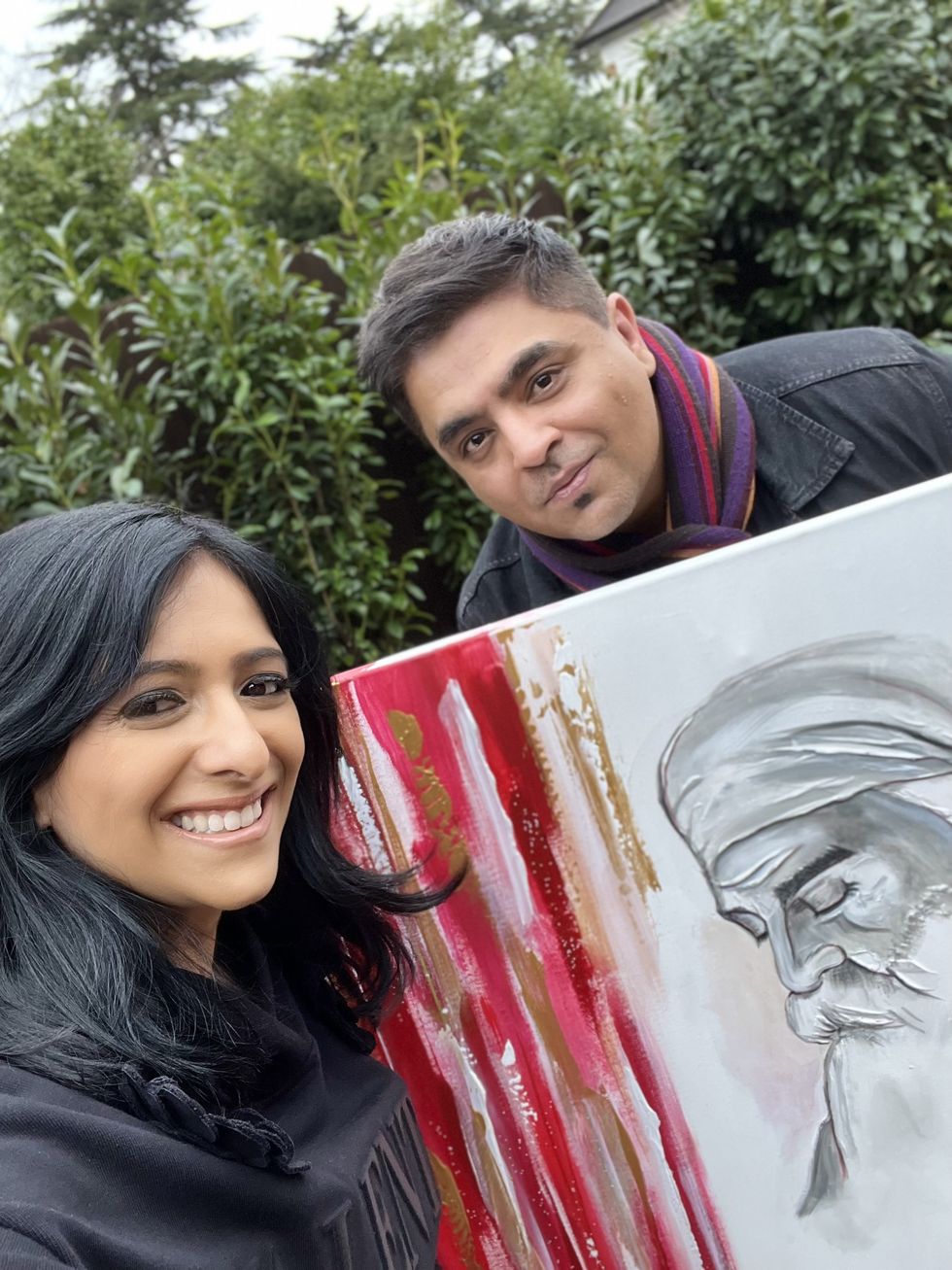 Shreena Patel's work
Shreena Patel's work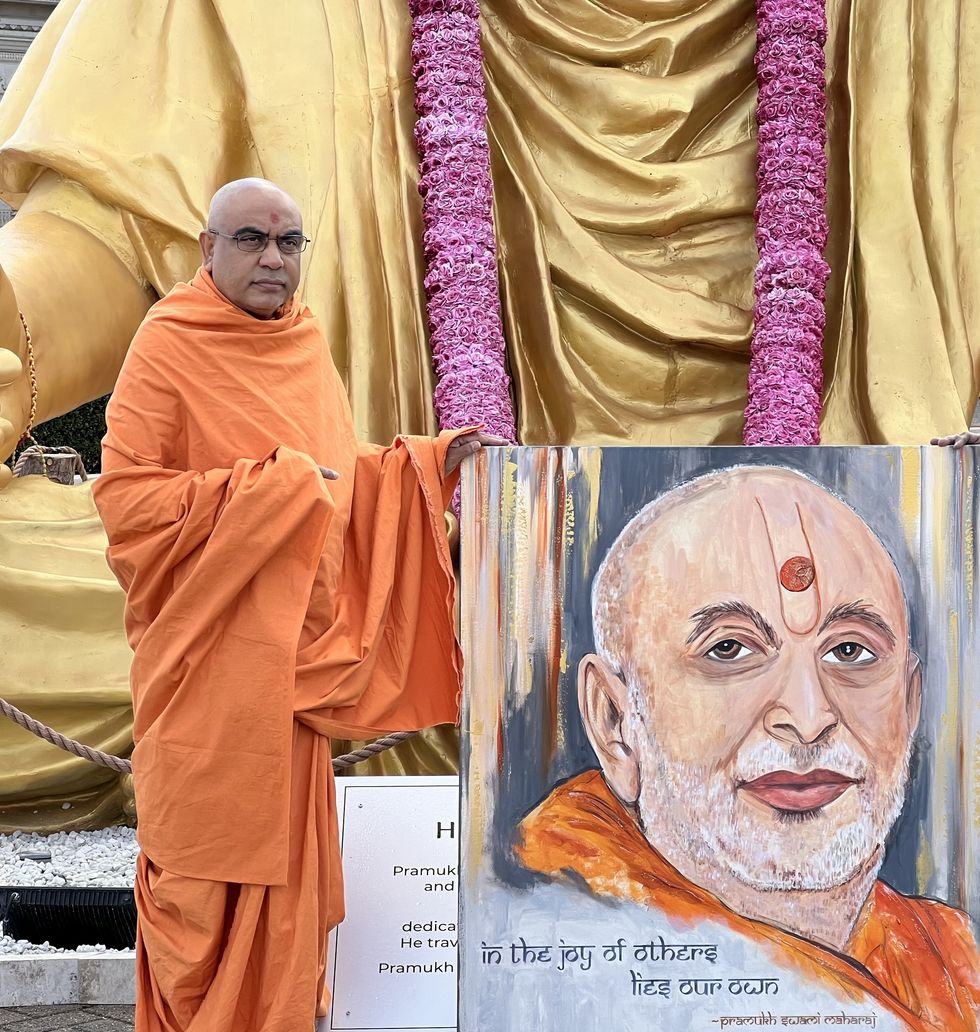
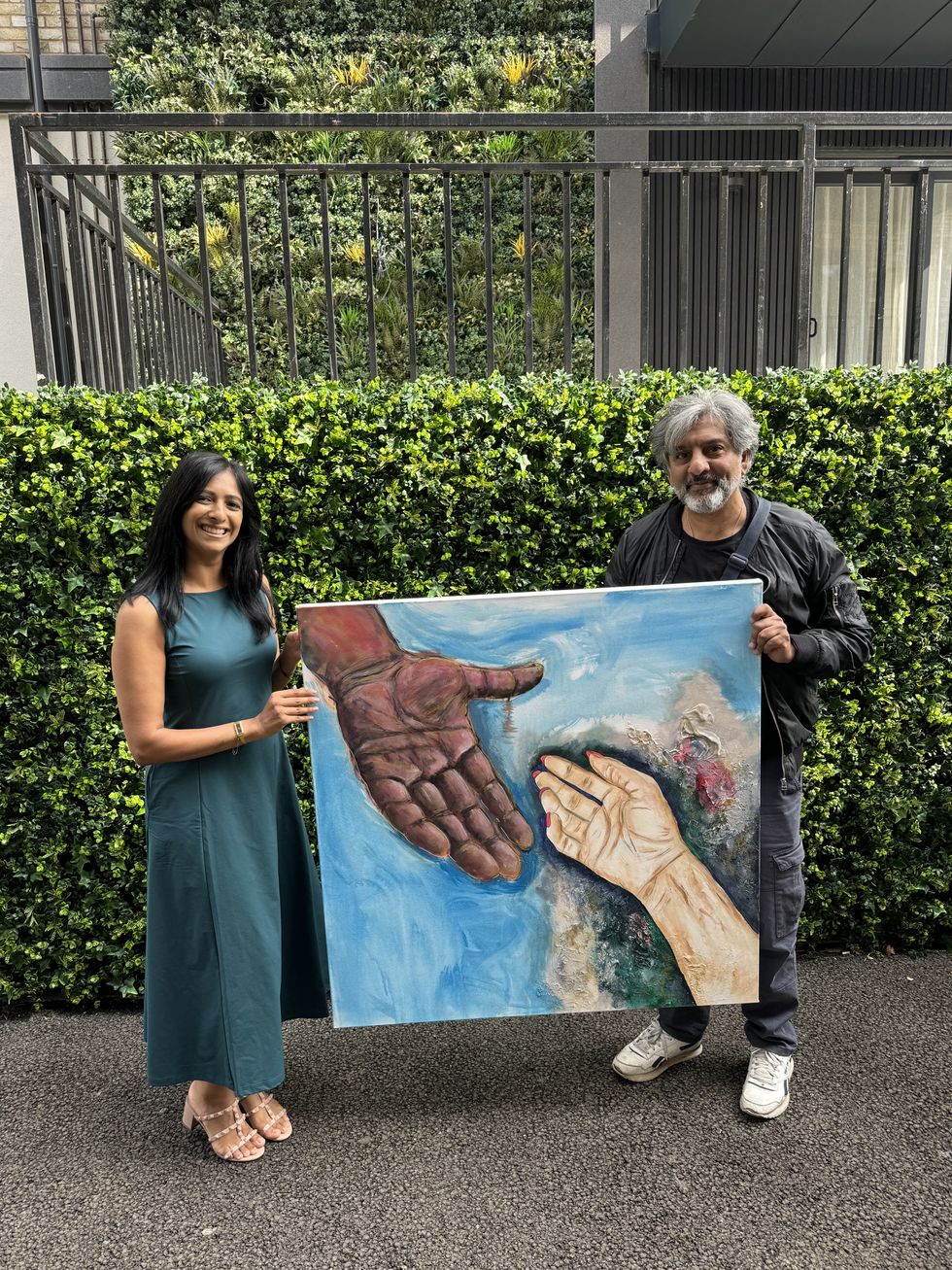
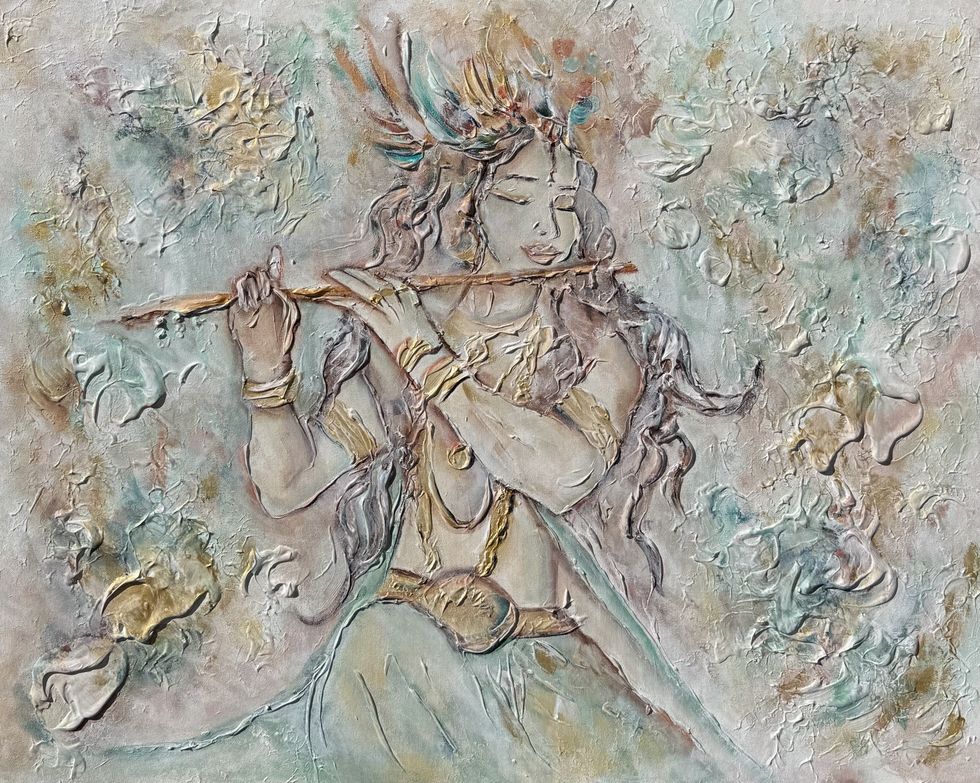 Shreena Patel's work
Shreena Patel's work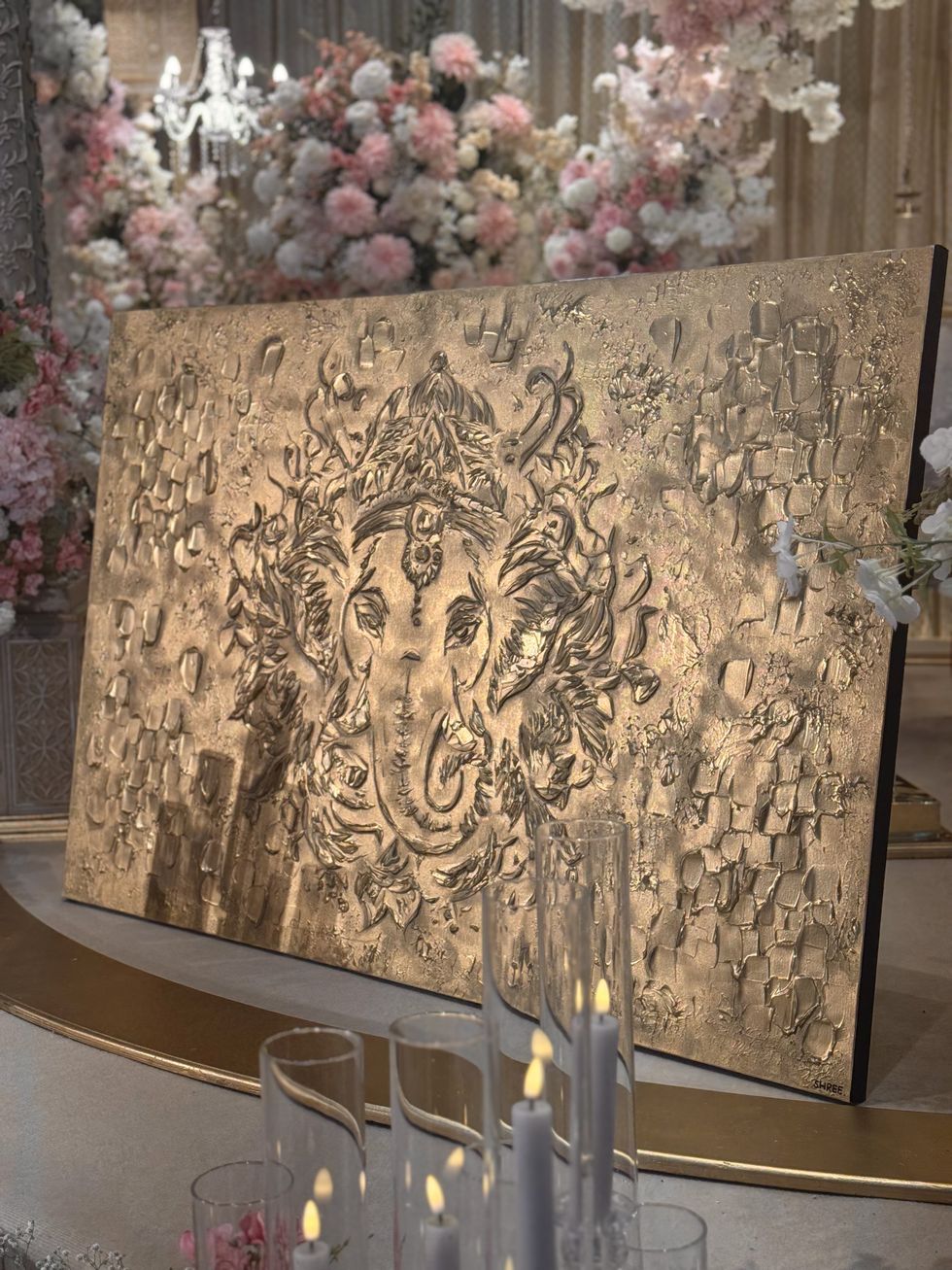 Shreena Patel's work
Shreena Patel's work
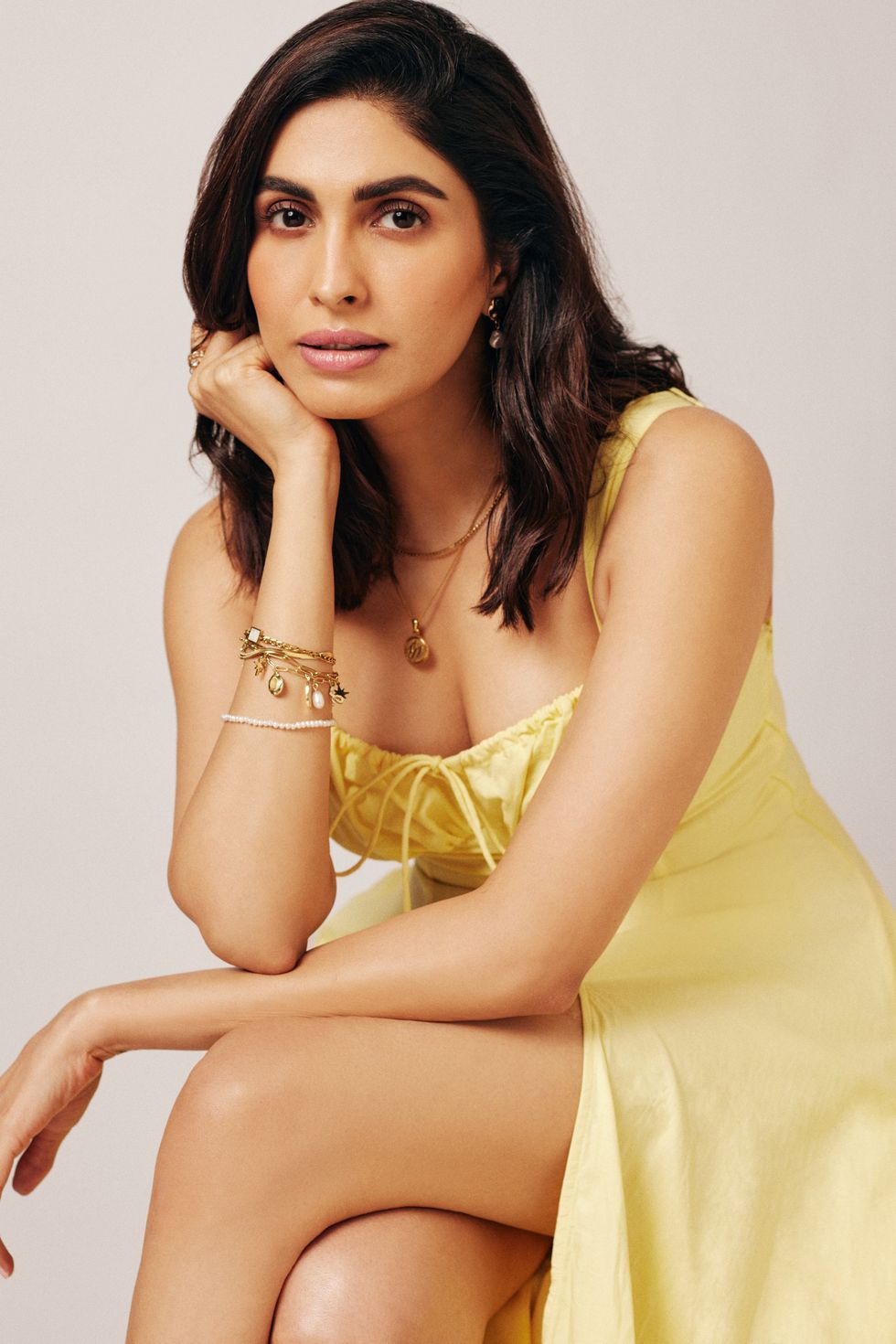 Anusha Mani
Anusha Mani